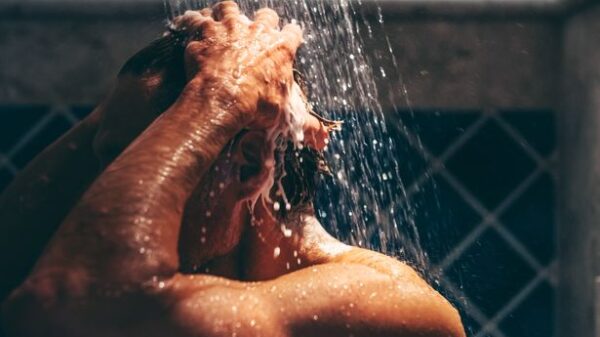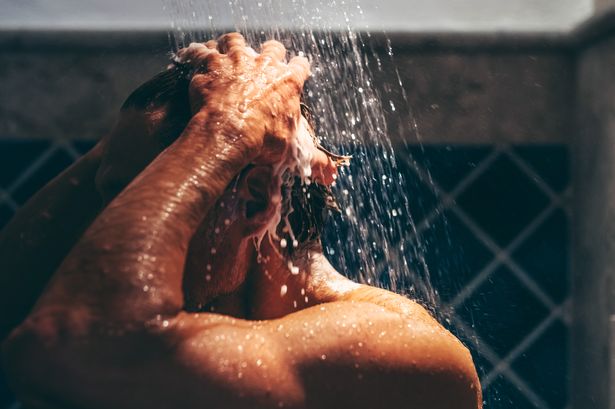Pharmacist Abbas Kanani has raised concerns about the health implications of a common bathroom practice: urinating in the shower. While many individuals may view this habit as a convenient time-saver, Kanani warns that it can lead to serious health issues, including incontinence and pelvic floor strain.
According to a survey conducted by Mira Showers, a significant portion of the population engages in this practice, with over three-quarters admitting to it. Despite its prevalence, experts caution that the act of peeing while standing can strain pelvic muscles and impact bladder health.
Health Risks of Urinating in the Shower
Kanani emphasizes that peeing in the shower can contribute to a weakened pelvic floor, particularly for those with existing conditions or poor posture. He explains that pelvic muscles may not fully relax during this action, which can prevent complete bladder emptying. Consequently, individuals might find themselves pushing or straining to urinate, increasing downward pressure on the pelvic floor.
“Pushing urine out instead of allowing it to flow naturally can stress the pelvic organs, leading to gradual weakening of the pelvic floor muscles,” Kanani states. This is especially concerning for women and individuals with underlying pelvic issues, as they may face greater risks. Most men, however, are less likely to be affected unless they have pre-existing pelvic conditions.
In addition to pelvic health concerns, there are risks associated with bacterial infections. Kanani warns that urine can harbor bacteria, particularly from active urinary tract infections (UTIs). If these bacteria come into contact with micro-tears or scratches in the skin, such as on the feet, they could potentially lead to infections.
Hygiene and Plumbing Considerations
Beyond health risks, Emily Robertson, a shower expert at Mira Showers, highlights the hygiene implications of this practice. Although urine is sterile when it exits the body, it can leave behind residues, particularly when combined with soap, shampoo, or body oils. Over time, these residues can lead to unpleasant odors and bacterial build-up in grout, sealant, or the shower tray, especially in shared bathrooms or those with inconsistent water flow.
“Your shower is designed for water, not waste,” Robertson notes. “Even if it all goes down the drain, urine can disrupt the delicate balance of hygiene in your bathroom, particularly if cleaning is infrequent.” She also points out that certain types of flooring and silicone sealants can absorb residues, creating environments conducive to bacteria and mold growth.
Plumbing issues may also arise from this habit. While a small amount of urine typically does not cause immediate concerns, introducing waste into shower drains over time can increase the likelihood of clogs, particularly when combined with soap scum, hair, and hard water deposits.
In light of these findings, it may be prudent for individuals to reconsider the habit of urinating in the shower. Taking these health and hygiene risks into account could lead to better overall wellness and a cleaner bathroom environment.


































































